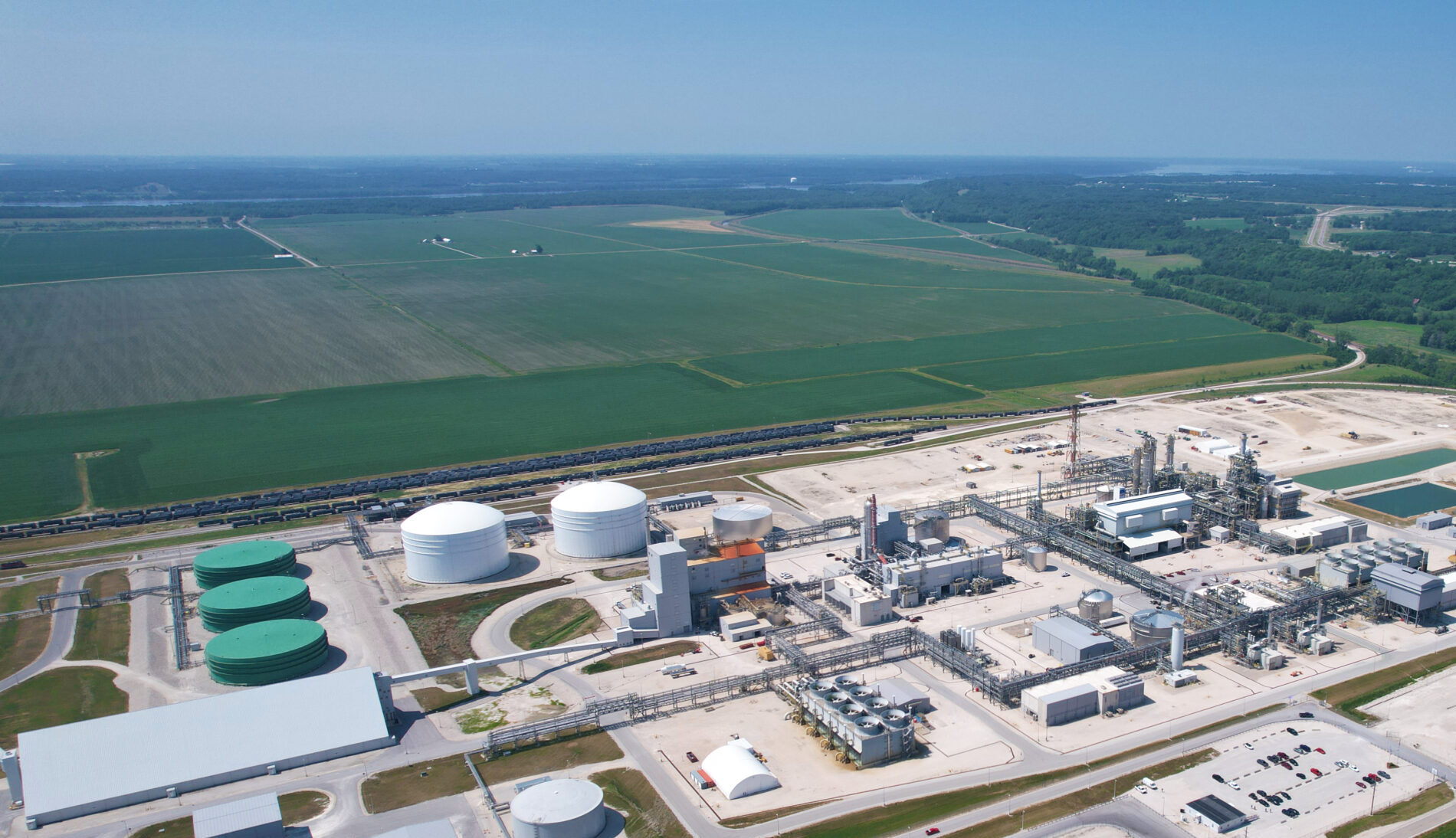Decarbonizing our Sites
With production facilities in five countries around the world, our operations are subject to different environmental regulations, but we are unequivocal in our goal to reduce our environmental impact at all of our locations wherever possible. This has been our policy since we first entered the nitrogen space in 2008, and is underscored by our environmental targets to reduce our scope 1 and 2 greenhouse gas emissions intensity by 20% by 2030.
Global Operational Excellence Program
We are working to achieve this through our Global Operational Excellence Program:
Process safety enables reliability, which in turn enables energy efficiency to achieve lower GHG emissions
Process safety
- Leading process safety design elements featured by OCI’s young asset base
- Site led improvement programs reflecting the site-specific process safety priorities
- Groupwide leading performance KPIs and best practices for Process Safety Fundamentals.
Reliability
- Site-led improvement programs reflecting site-specific priorities and the “Focus & Follow Through” approach
- Global reliability program focused on the identification and elimination of repeat issues
- Structured readiness reviews for major turnarounds to improve completion times, competitiveness and predictability.
Energy efficiency
- Energy-efficient designs featured by OCI’s young asset base
- Immediate focus on operational excellence, supported by monitoring tools
- Reviewing our energy and feedstock purchases with the aim to increase our use of green or renewable sources, including increasing our purchase of renewable power (such as solar and wind energy) and increasing our consumption of bio-fuels and alternative green feedstocks
- Identify and pursue further efficiency through select value accretive investments.
Best-in-class facilities, minimizing emissions and waste
N₂O and NOx abatement
We have invested in our nitric acid plants to bring our nitrogen oxide (NOx) and N₂O emissions down by installing best available abatement technology such as de-NOx or selective catalytic reduction units and catalyst replacements through our responsible catalyst management processes.
Best Available Control Technology
All of our facilities in the United States implement Best Available Control Technology (BACT), a pollution control standard mandated by the United States Clean Air Act, to minimize our environmental impact.
Waste heat capture and recovery
The waste heat and steam systems in all our plants are highly integrated and we endeavor to use all heat within our processes to make use of energy in the most efficient way possible.
CO₂ capture, recycling, and sale
Our production facilities emit greenhouse gases directly from the conversion of natural gas into our products, and indirectly through the generation of purchased electricity and steam. We diligently work to minimize our CO₂ emissions by investing in reduction technologies, recycling CO₂ within our downstream processes, and selling CO₂ to third parties. We are also exploring carbon capture and storage (CCS) opportunities.
Renewable energy sources

